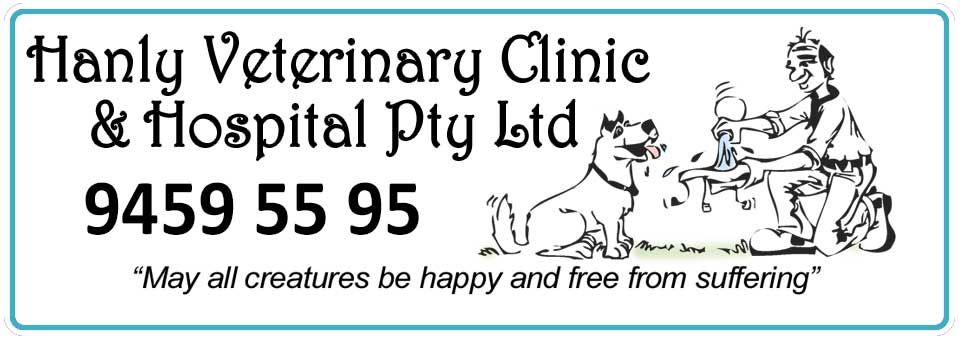Nasal Tumour Surgery
Surgical removal of a tumour from the nasal passages. Showing images below of X-Rays, the surgical removal and recovering after surgery in our recovery ward.
Surgical removal of a tumour from the nasal passages.
Nasal passage cancer generally develops in a harmful insidious manner in older pets. Please contact us if you suspect your Pet has any abnormalities or if you have any concerns.
It is rare in cats and not common in dogs. It composes about 1 percent of feline tumors and up to 2.5 percent of canine tumors. Long-nosed breeds (dolichocephalic) and senior dogs are at higher risk. The early signs of nasal cancer in dogs or cats are unilateral nasal and/or ocular discharge, epistaxis (nasal bleeding), stridor (Latin for “creaking or grating noise”), loss of smell, loose teeth and sometimes pawing at the face. Late-stage signs may include a facial deformity along the dorsal aspect of the maxillary bones or over the paranasal and frontal sinuses. Some cases develop a raised or pitting facial bone deformity. Some cases may exhibit a firm or soft focal, raised mass protruding around or between the eyes. Some cases may have a palatine deformity from the softening and bowing out of the hard palate due to demineralization, a process reducing the content of mineral substances in tissue or organism, (bone demineralization). In every case of facial deformity, there is bone lysis (breaking down of cells) and tumor invasion at that site. If the lesions extend into the brain, seizures and behavior changes are often exhibited.



Please contact us if you suspect your Pet has any abnormalities
or if you have any concerns. We’re here to help.


